Program
Develop competences related to prototype development, project management, teamwork and intercultural management
Develop competences related to prototype development, project management, teamwork and intercultural management
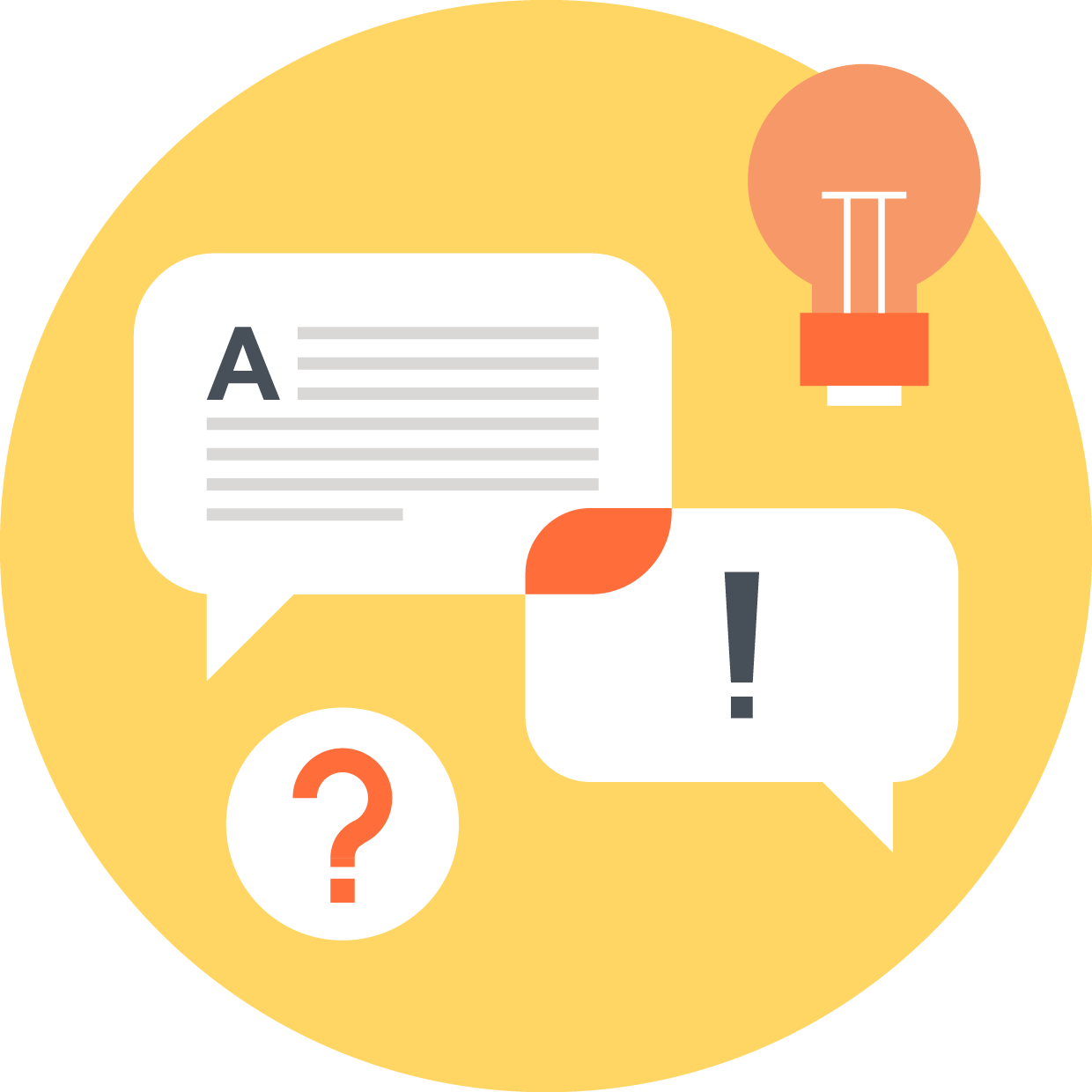
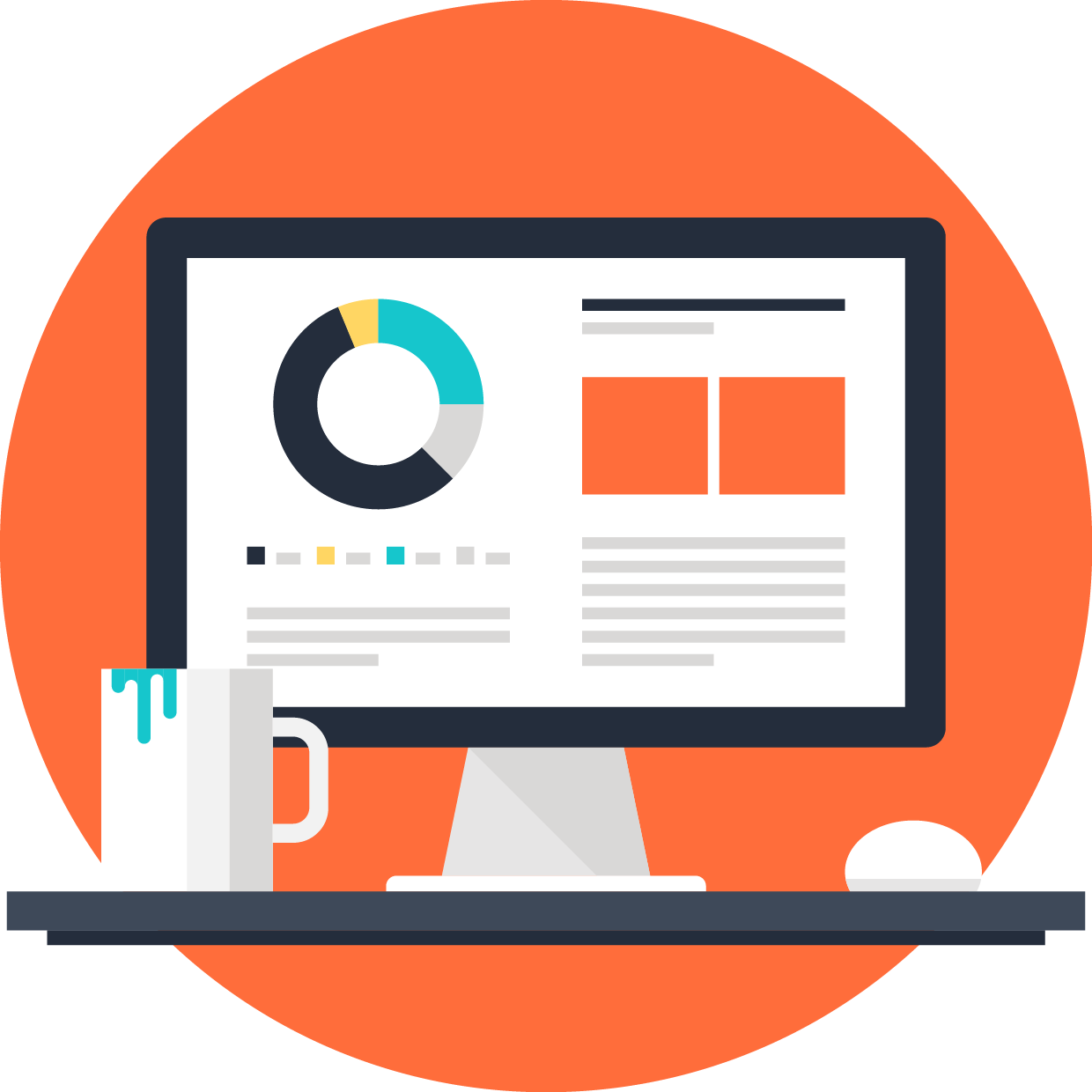
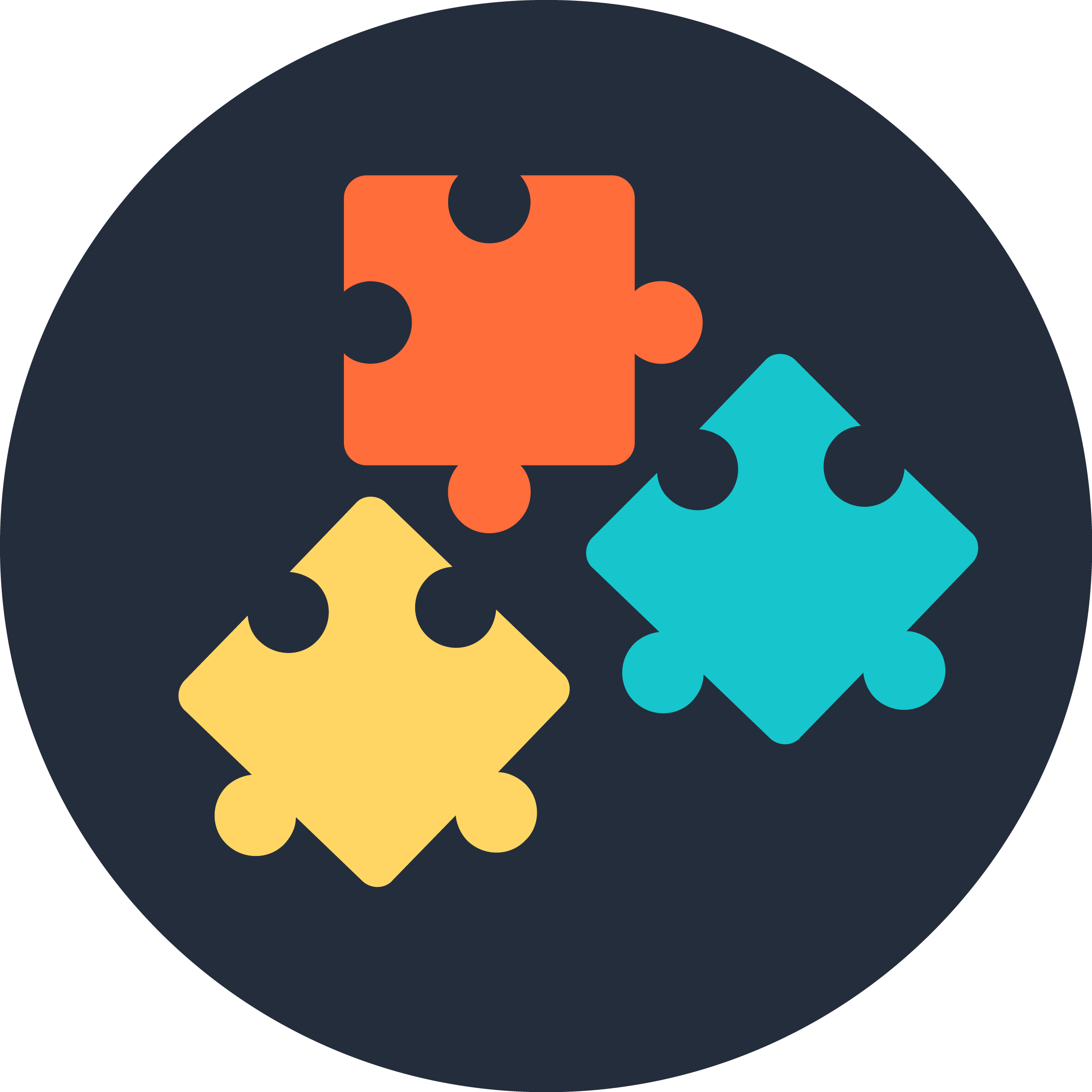

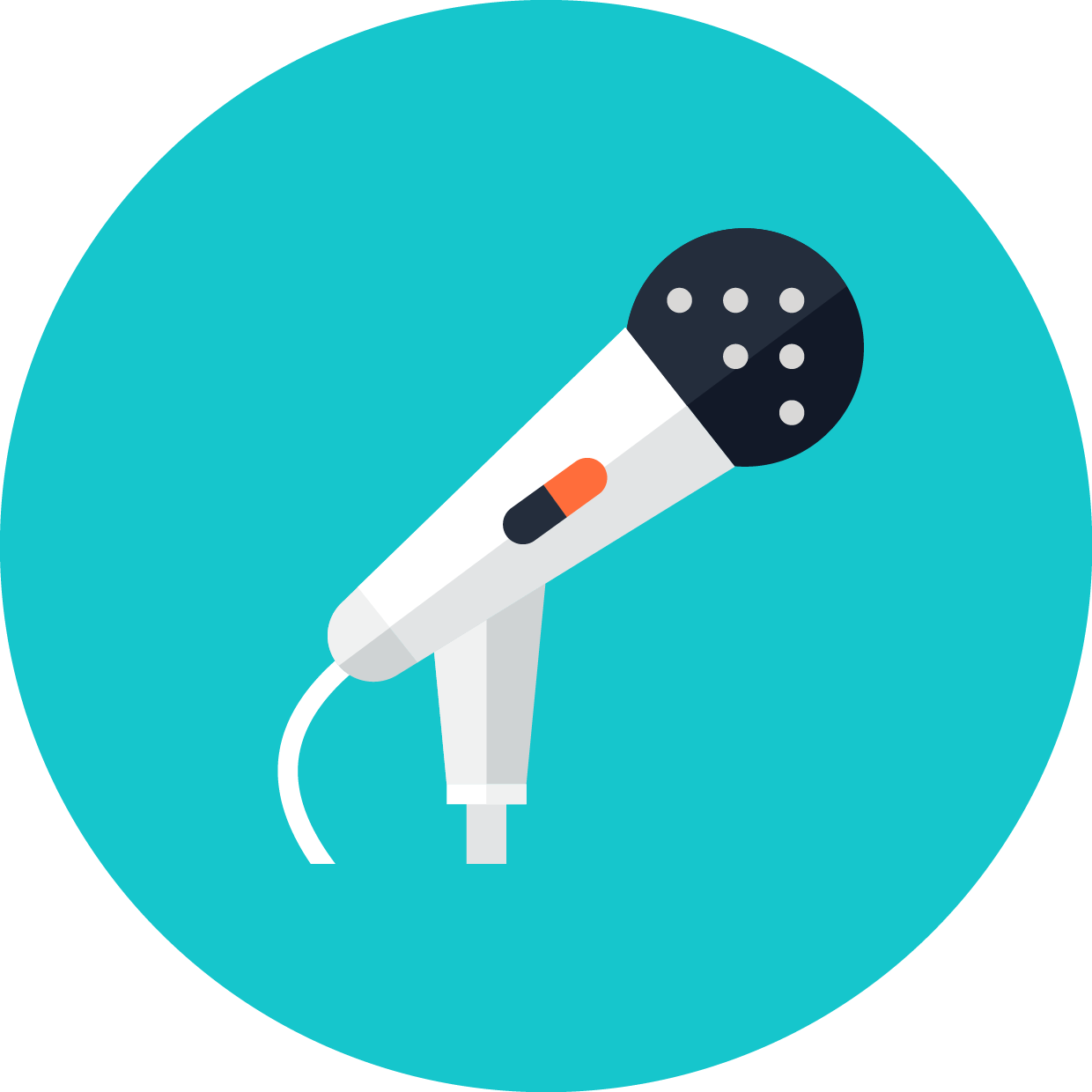




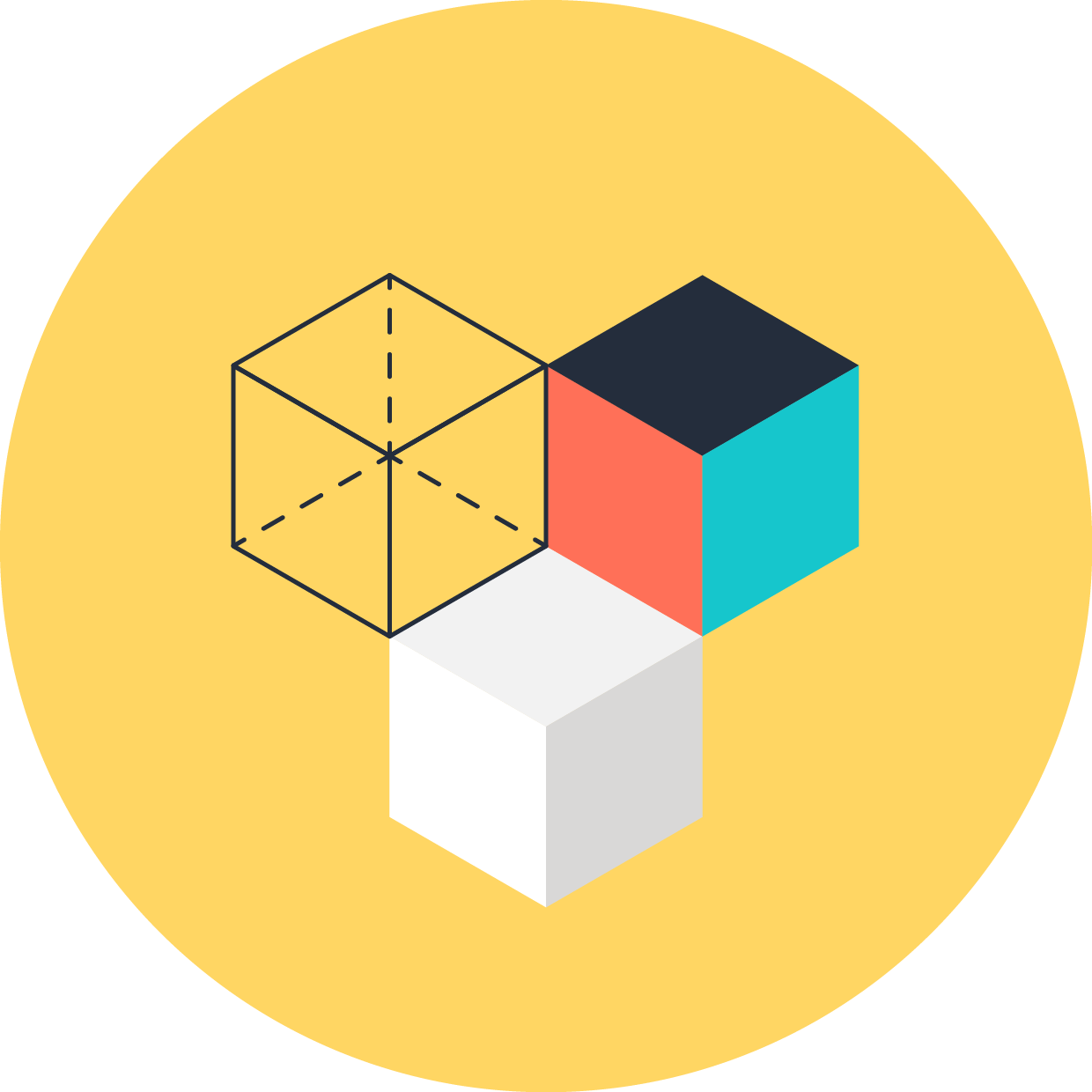
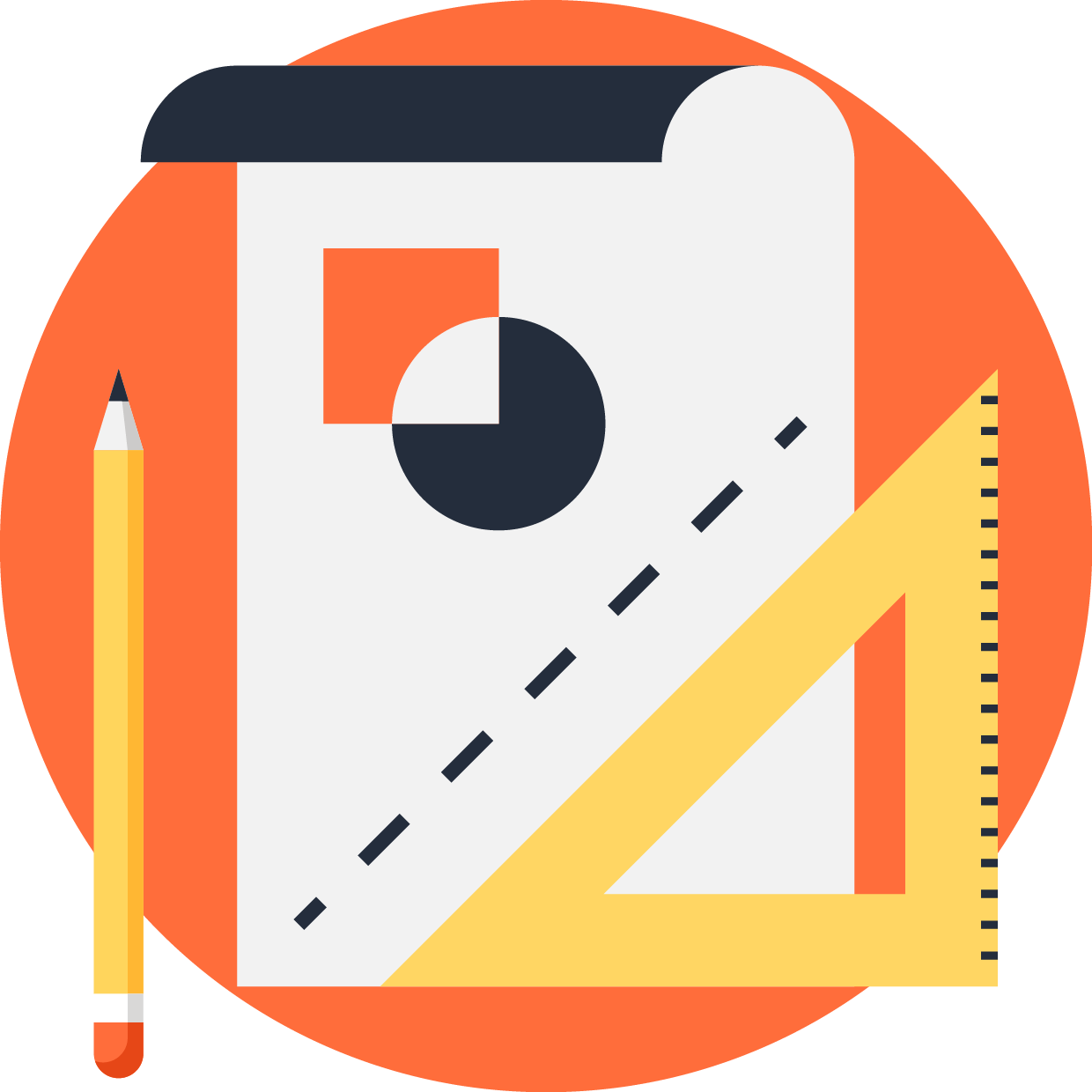
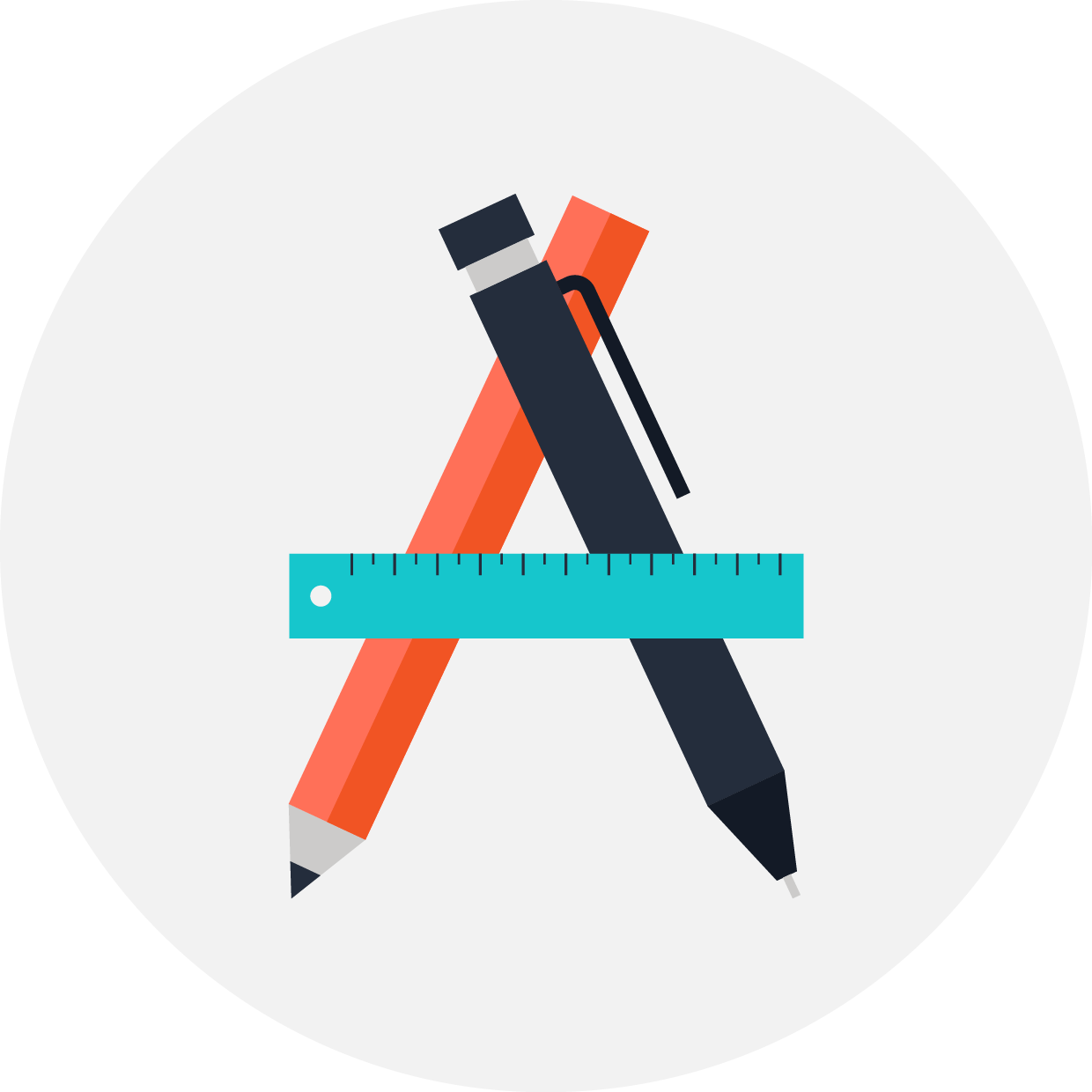
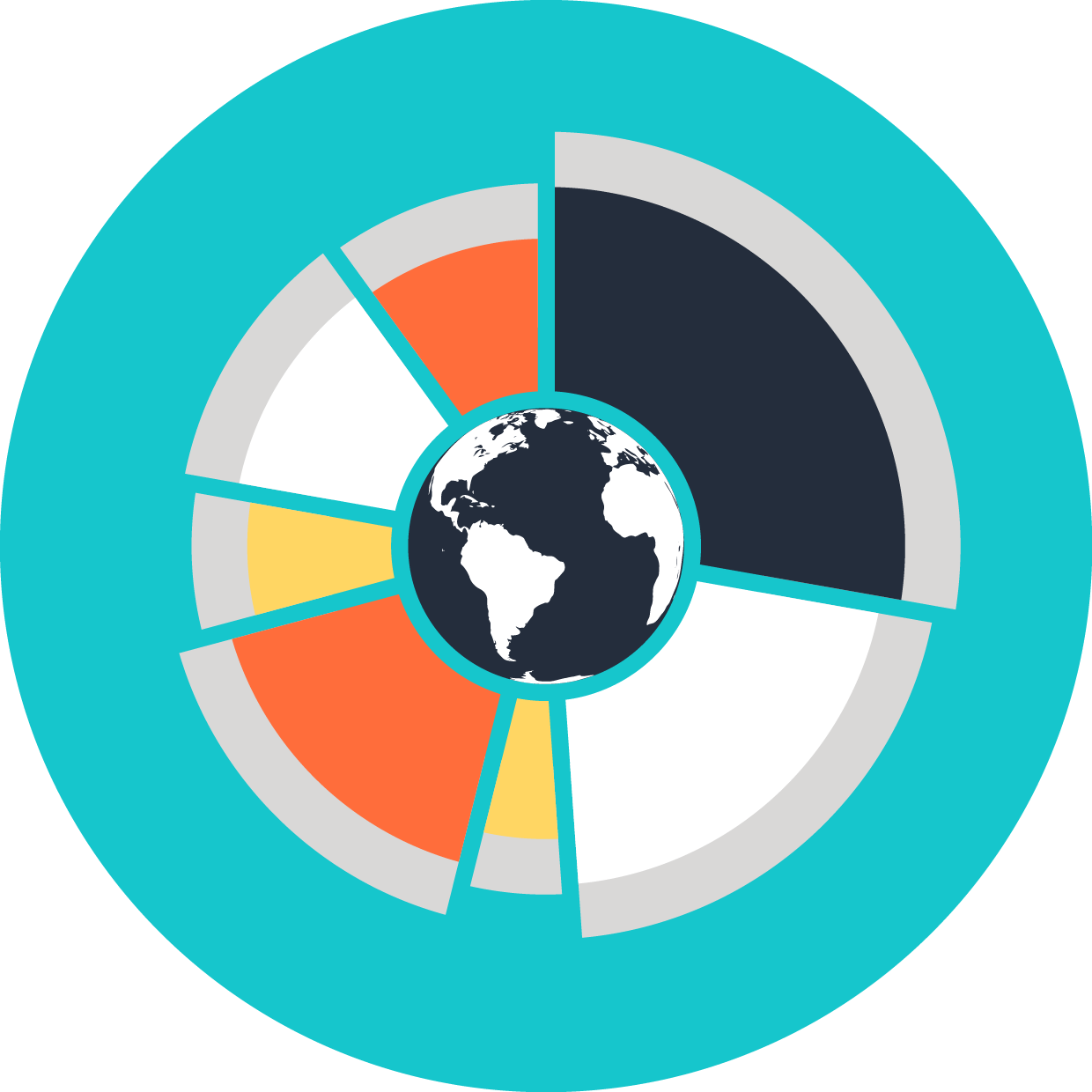
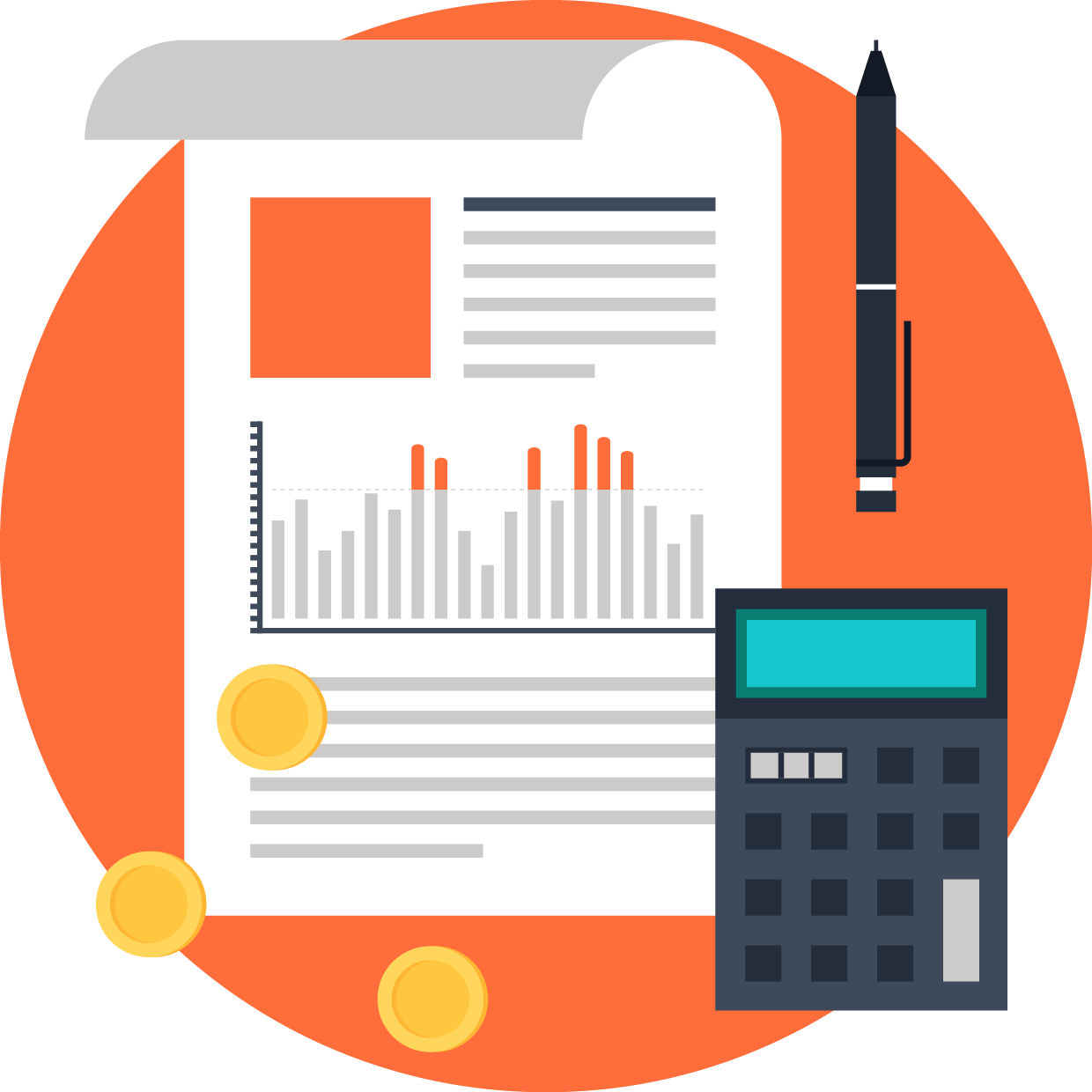
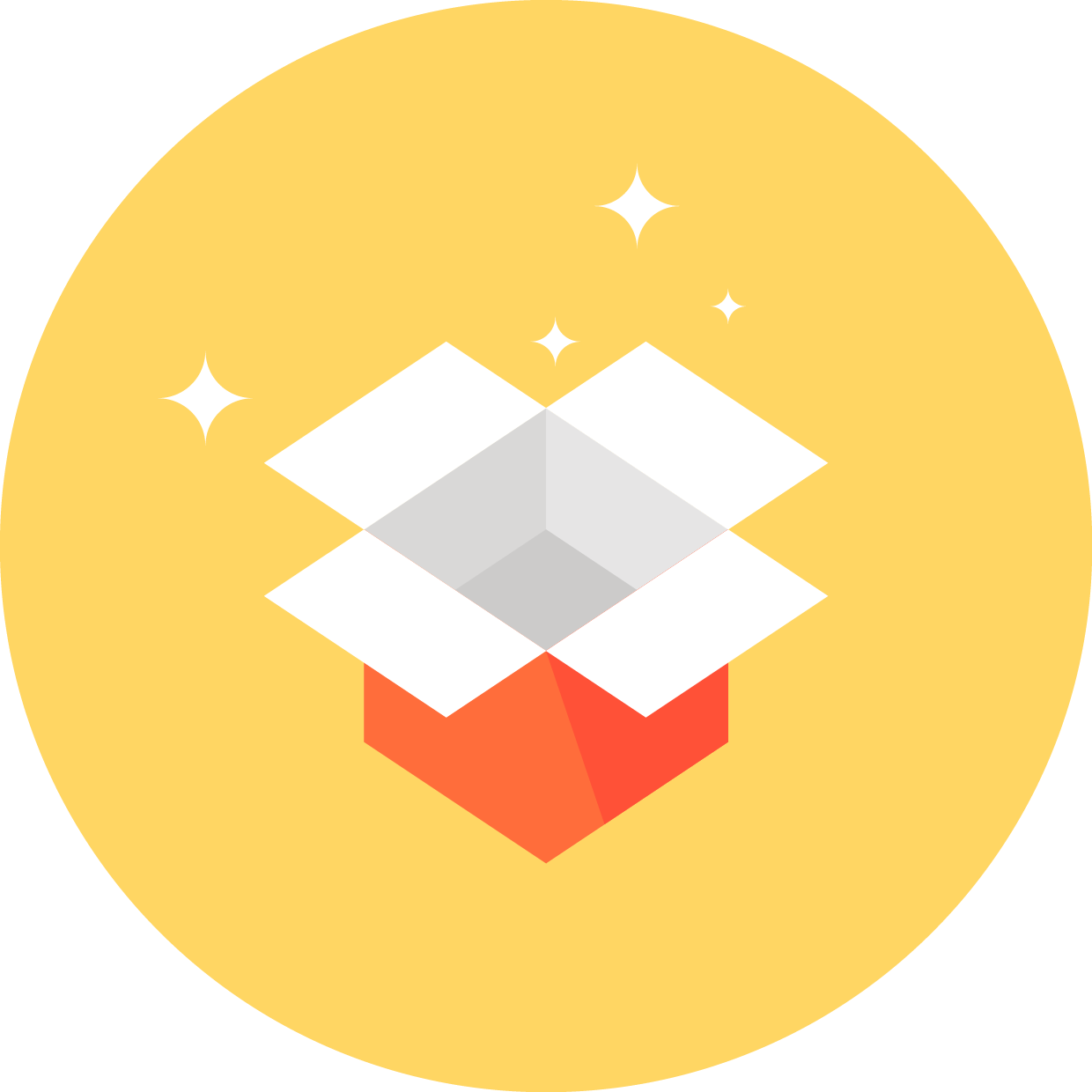
This is where the magic happens. Friday evening, participants get to know each other. Saturday is focused on learning the language of ideation. Sunday is focused on practicing it. Be ready to draw, pitch, meet, ideate and have fun. Teams are formed at the end of the week-end.
Teams present their problem statement to a panel of experts. They envisage possible solutions after exploring the problem's environment. A seasoned coach will help participants polish their pitching skills.
Teams gather to kick-start the prototyping process. They get an overview of the tools and tricks to manage the development of their connected device.
Teams refine the solution interview results. They deliver the final functional requirements as well as the ideal and working specifications for each part of the project.
Teams work on the positioning, visual identity and brand. They deliver a looks-like prototype as well the PCB and mechanical designs. In parallel, they keep working on the software and firmware.
Teams present their latest business model, app and landing page. They make a demo of their first PCB assembly and discuss the expected revisions. They complete the BOM and mechanical design.
Depending on each institutional requirement, students defend their semester project.
Teams gather to prepare for the big jump into the Hong Kong – Shenzhen eco-system
Teams fly to Shenzhen and settle at x.Factory to accelerate their prototyping. They are immersed in the world’s hardware capital and discover what makes China such a dynamic place.
After the industrial work teams cross to Hong Kong and spend time discovering what makes the city a unique element in Greater China when it comes to trade, logistics and innovation.
Time has come to showcase the projects in front of sponsors. It is also the moment to reflect on the learning experience.

You will have to select and implement mechanical solutions and related manufacturing processes. You will collaborate with the industrial designer to select the materials and respect the industrial design intent. You will also collaborate with the PCB designer for the integration of the electronics. You will refine the design in order to improve manufacturability and assembly. You will create specifications for production and assembly.

You will need to perform the electronic component and modules selection in collaboration with the firmware developer. You will implement the schematic design, libraries and PCB layout. You will specify the files for the production and assembly. You will have to debug and test the board in collaboration with the firmware developer.

You will participate in the selection of electronic components, modules and the overall hardware and software architecture. You will develop the embedded software in order to perform the defined product functions with the intended user experience. You will debug the hardware in collaboration with the engineer who designed the PCB.

You will participate in the definition of the hardware and software architecture. You will develop the software back-end, front-end and or apps and debug them until they are fully functional. You will collaborate with the interaction / UX designer to provide the intended experience to the user.

You will research potential business models, define related assumptions and test them. Your will have to refine the value proposition by running customer discovery interviews and mapping customer journeys. You will research the size of the opportunity and different possible ways to enter the market(s). You will have to apply project management techniques to make sure that the team performs well and delivers on time.

Your will design the product. You will explore possible shapes and designs through sketching, rapid prototyping and experimentation. You will study, analyze and refine the different facets of the design (functional, ergonomical, etc.). You will create renderings and visuals to communicate your ideas. You will collaborate with the mechanical engineer to select the adequate materials and to transform the design into a manufacturable product.

You will develop a visual language for the product, including work on naming, logo, color scheme, typography and layout. Your will create visuals that express the value proposition in a compelling way. You will also create a landing page in collaboration with your teammates.

You will create and refine the user experience and interface through prototyping and experimentation. To do so you will collaborate with the rest of the team to perform interviews and tests on targeted customer segments. The objective is to create simple, intuitive yet effective interactions with the product, the application or any other interaction with the device’s ecosystem.